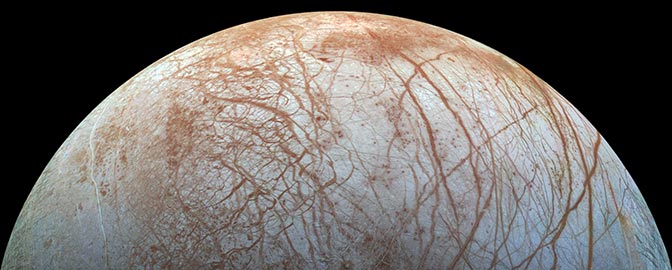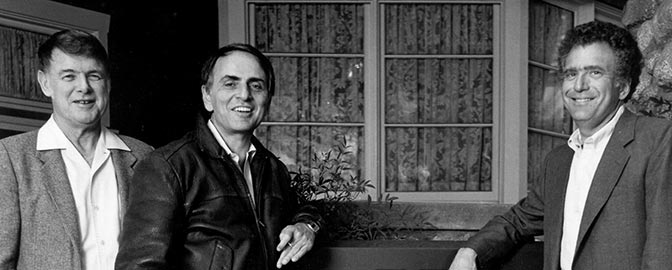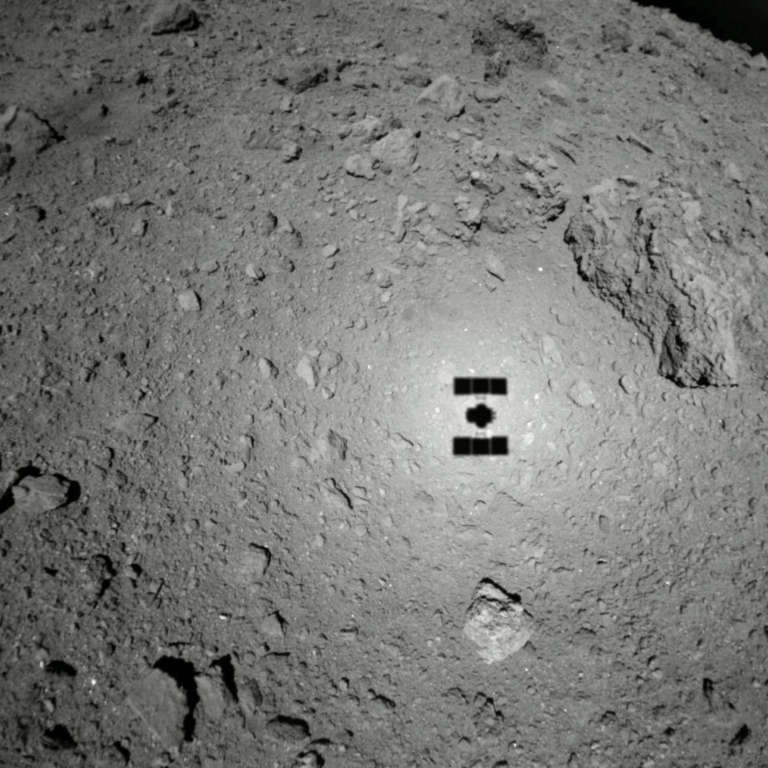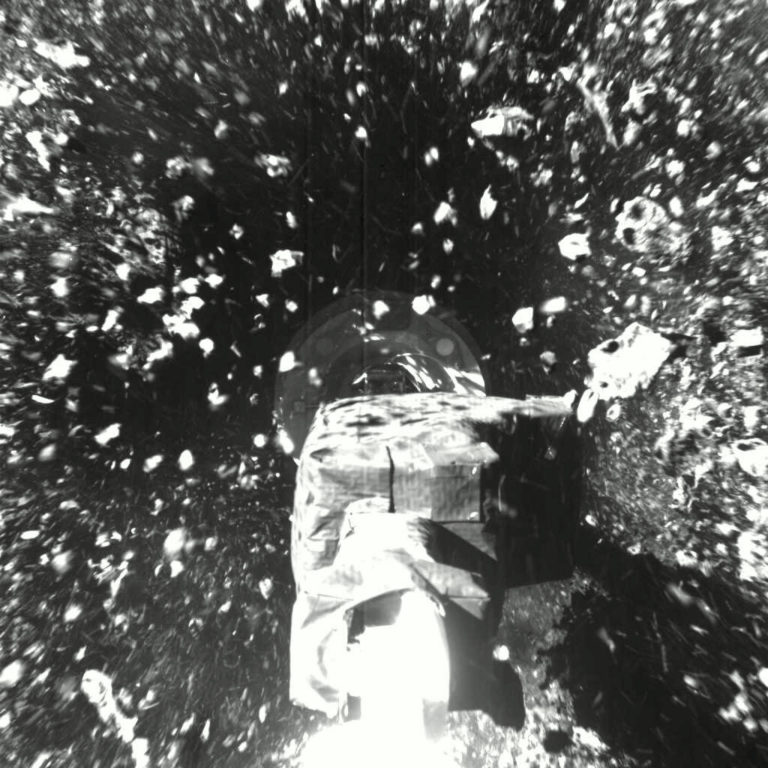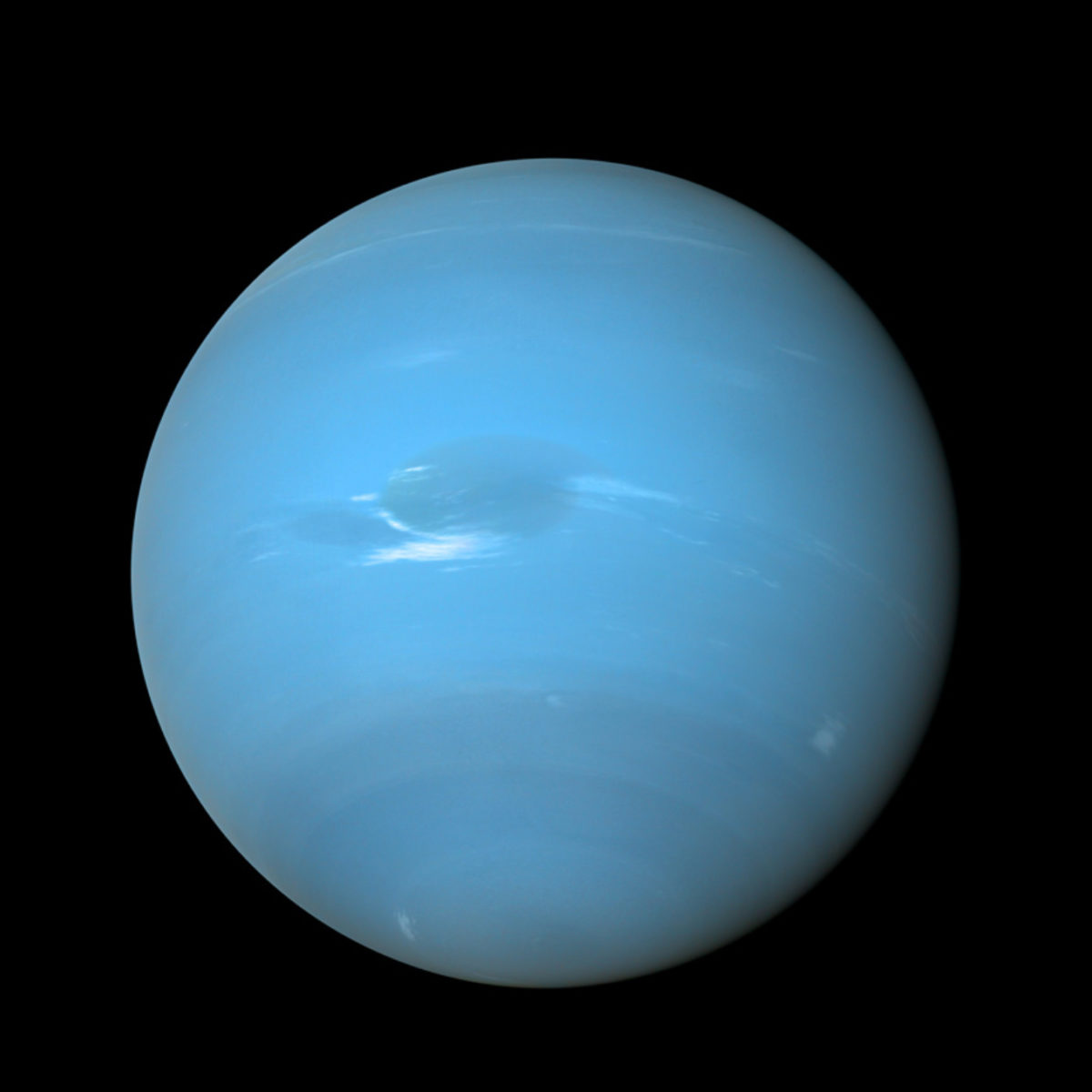Since 2002, Planetary Radio has visited with a scientist, engineer, project manager, advocate, or writer who provides a unique perspective on the quest for knowledge about our Solar System and beyond. The full show archive is available for free.
Search Planetary Radio
The DART mission begins its journey that will end when it smashes into an asteroid, demonstrating how we might save Earth from a devastating impact.
The head of NASA’s planetary defense program discusses how the DART mission represents a new era for defending our planet from dangerous asteroids.
Principal investigator Hal Levison and colleagues prepare us for the launch of NASA’s Lucy spacecraft in an exclusive interview.
The ion engine-powered Dawn spacecraft will orbit Ceres for many years. Could it have touched down on the surface of the dwarf planet?
Six planetary defense leaders report on progress toward protecting Earth from near-Earth objects.
Hayabusa2 project manager Yuichi Tsuda shares the exciting success of Japan’s sample return mission ti asteroid Ryugu.
In spite of everything, 2020 was a good year for space exploration according to five of The Planetary Society’s experts.
The leader of the OSIRIS REx asteroid sample return mission shares more details of last week’s encounter in an exclusive interview, while we also learn about the proposed mission to look for life on Saturn’s moon Enceladus.
Our look ahead at the near-future of solar system exploration continues with Mars, the giant outer worlds, and the smaller bodies that can be found throughout the neighborhood.
OSIRIS-REx mission leader Dante Lauretta takes us to mysterious asteroid Bennu where a first sample collection site has been selected.
First we return to JPL for an update on the Mars Helicopter that has just been attached to the belly of the 2020 Mars Rover. Then it’s across the pond for a review of the amazing science coming from the Rosetta mission that spent years exploring comet 67P/Churyumov-Gerasimenko. We wrap things up with another What’s Up view across the solar system and beyond.
A rare alignment of planets and other objects will enable the solar-powered Lucy spacecraft to examine seven asteroids, six of which are among the thousands of Trojan asteroids that orbit ahead of and behind Jupiter. The mission team, include Hal Levison, Cathy Olkin and Mike Sekerak, hope to unlock secrets of our solar system’s origin through these ancient artifacts.
When will we return to Uranus and Neptune? Planetary scientist Amy Simon explains why a mission to the so-called ice giants is a high priority as she tells us about these mysterious, blue worlds.
Why did the dinosaurs die? They didn’t have a space program! The upcoming DART mission will test our best thinking about how we may someday deflect a Near Earth Object that is speeding toward fiery Armageddon on Earth. Nancy Chabot of the JHU Applied Physics Lab is the mission’s Coordination Lead.
Spacecraft OSIRIS REx is now orbiting a 260-meter asteroid named Bennu. Principal investigator Dante Lauretta returns to tell us what has already been learned, and to preview the excitement that is still to come, including the probe’s descent to the surface for collection of a pristine sample.
Why do so many spacecraft that are headed across our solar system turn their instruments back to Earth during flybys? OSIRIS-REx was no exception. The answers come from mission scientist Vicky Hamilton
The InSight lander has only just arrived on Mars. Now, OSIRIS REx has reached asteroid Bennu after traveling through deep space for a year and a half.
LightSail 2 is not the only solar sail in the universe. NASA’s Marshall Space Flight Center and the Jet Propulsion Lab are preparing to send NEA Scout on a long, light-propelled journey to a near Earth asteroid.
A mostly SpaceX episode as the ambitious company provides updated details regarding its huge new rocket and introduces its first astronauts. Mat Kaplan shares more from the company’s headquarters, while Planetary Society Digital Editor explains and explores the BFR.
Ceres is the queen of the asteroid belt. Her first Earthly visitor is nearing its last days in spectacular style. Dawn Mission Director and Chief Engineer Marc Rayman returns with stunning images taken from just 35 kilometers or 22 miles above the dwarf planet, and a preview of the spacecraft’s last days.


 Explore Worlds
Explore Worlds Find Life
Find Life Defend Earth
Defend Earth
